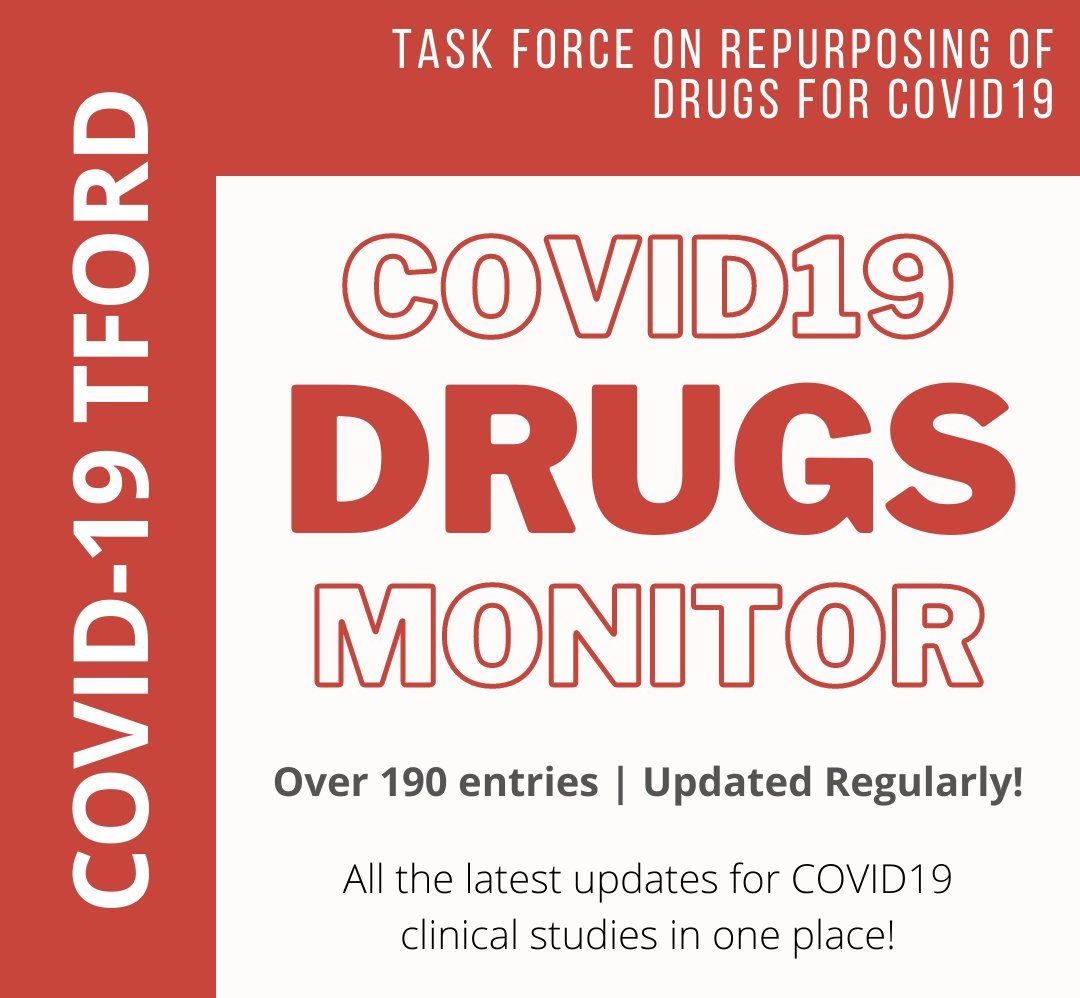(13 Apr 2021) Budesonide- early administration of inhaled budesonide reduced time to recovery
Inhaled budesonide in the treatment of early COVID-19 (STOIC): a phase 2, open-label, randomised controlled trial
https://doi.org/10.1016/S2213-2600(21)00160-0
NCT04416399-146 participants were randomly assigned-73 to usual care and 73 to budesonide. For the per-protocol population (n=139), the primary outcome occurred in ten (14%) of 70 participants in the budesonide group and one (1%) of 69 participant in the usual care group (difference in proportions 0.131, 95% CI 0.043 to 0.218; p=0.004). For the ITT population, the primary outcome occurred in 11 (15%) participants in the usual care group and two (3%) participants in the budesonide group (difference in proportions 0.123, 95% CI 0.033 to 0.213; p=0.009). The number needed to treat with inhaled budesonide to reduce COVID-19 deterioration was eight. Clinical recovery was 1 day shorter in the budesonide group compared with the usual care group (median 7 days [95% CI 6 to 9] in the budesonide group vs 8 days [7 to 11] in the usual care group; log-rank test p=0.007). As-needed antipyretic medication was required for fewer proportion of days in the budesonide group compared with the usual care group (27% [IQR 0-50] vs 50% [15-71]; p=0.025) Fewer participants randomly assigned to budesonide had persistent symptoms at days 14 and 28 compared with participants receiving usual care (difference in proportions 0.204, 95% CI 0.075 to 0.334; p=0.003). The mean total score change in the CCQ and FLUPro over 14 days was significantly better in the budesonide group compared with the usual care group (CCQ mean difference -0.12, 95% CI -0.21 to -0.02 [p=0.016]; FLUPro mean difference -0.10, 95% CI -0.21 to -0.00 [p=0.044]). Blood oxygen saturations and SARS-CoV-2 load, measured by cycle threshold, were not different between the groups. Early administration of inhaled budesonide reduced the likelihood of needing urgent medical care and reduced time to recovery after early COVID-19.
